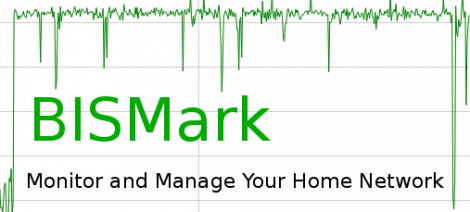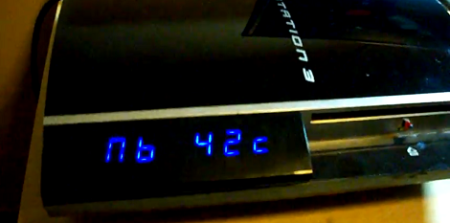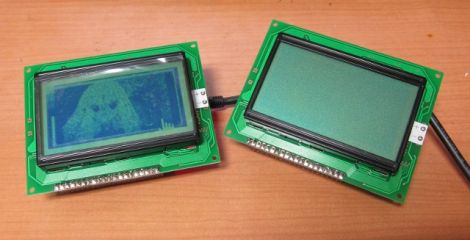
The Broadband Internet Service BenchMARK is an open source initiative to put tools in the hands of the common Internet user that will make measurement and analyzation of home network traffic easier. It targets LAN and WAN network utilization by measuring latency, packet loss, jitter, upstream throughput, and downstream throughput. Of course gathering data isn’t worth anything unless you have a way to present it, and to that end the Project BISMark team has been developing a web interface where you can view the usage of anyone who’s running the firmware.
The project builds on top of OpenWRT, which means that you should be able to run it on any router that’s OpenWRT compatible. This includes the ubiquitous WRT54G routers and many others. We remember when DD-WRT added bandwidth monitoring as part of the standard release, which really came in handy when the stories about ISP bandwidth capping started to hit. We’re glad to see even more functionality with this package as it can be hard to really understand what is going on in your network. After the break you’ll find a video detailing the features of BISMark.
















